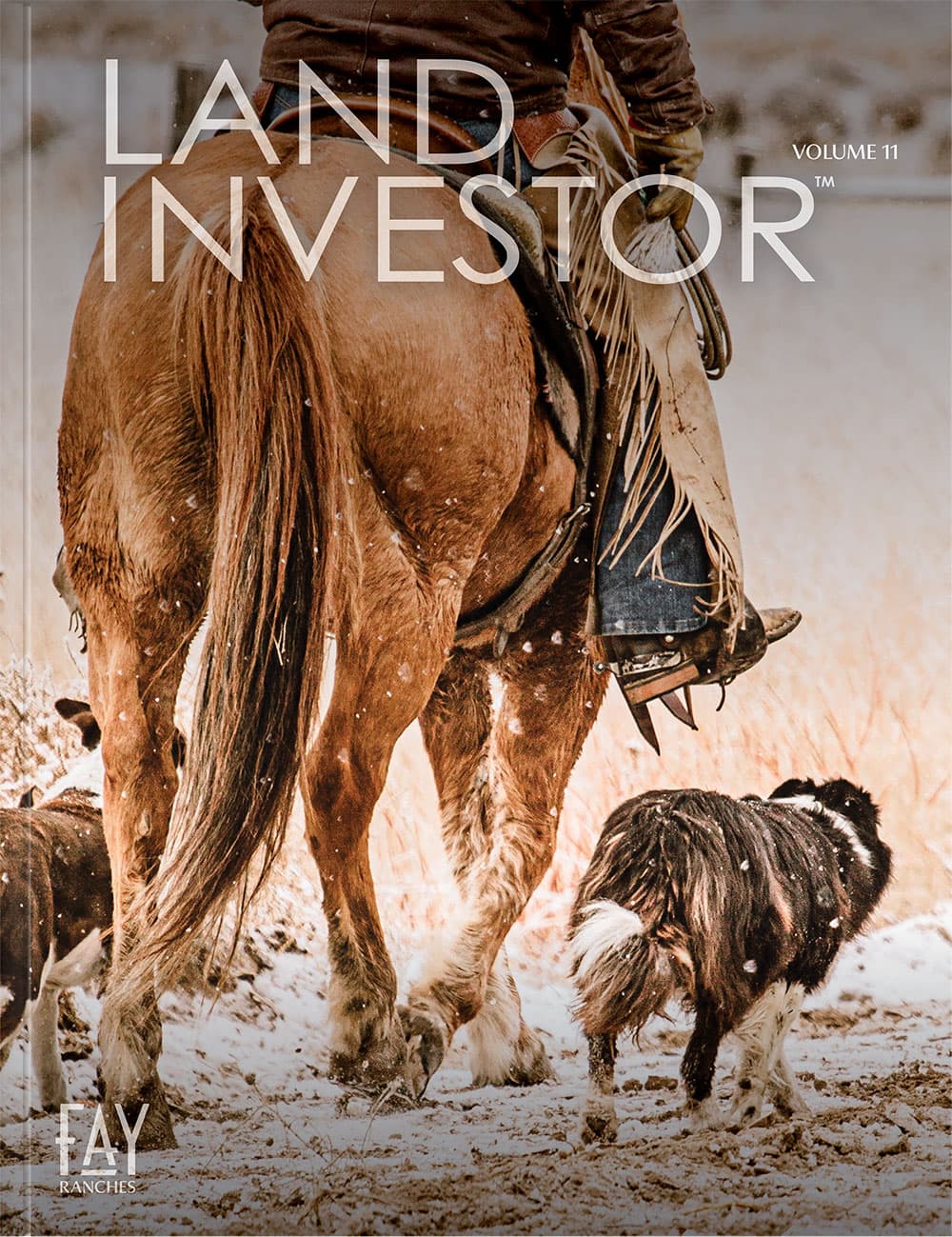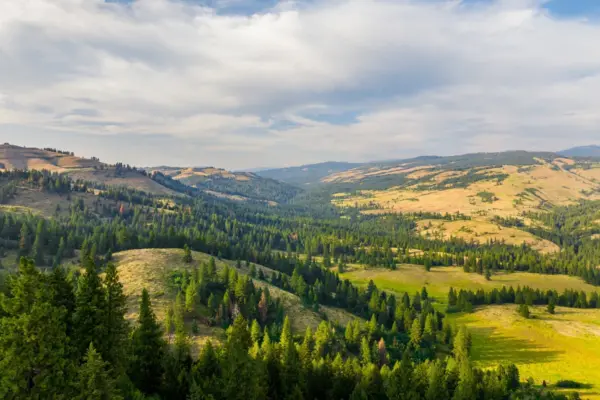Another important element of the lifestyle project is integrating the livestock operation with the wildlife that inhabits the area. There is an abundance of wildlife on the property, including deer, elk, bear, turkey, quail, cranes, coyote, and varmints, along with many songbirds and reptiles. Insects and worms are also factors taken into consideration, given their importance to soil health and regeneration. There is wisdom in nature, and typically, when lands are enhanced to a healthier phase, new species are attracted. Producers of regenerative grazing projects have witnessed plant and animal species returning to areas where they once existed or vacated for various reasons.
The Knowledge Tree Film company will be filming various seasons and how the natural elements are affecting the progress of the project. Fay Ranches, Inc. and Fay Rural Community Foundation are tracking progress and encouraging the processes for success along the way. Keep your eye out on landinvestorguide.com for future updates and developments on Moore's regenerative grazing project.
When you are out and about, whether local or visiting new areas, look around and see if you notice some land use differentiation. For example, do you notice a goat herd being concentrated on pastures? You might see a new type of fencing, with many yearling cattle grazing along a pivot divided into circular pastures. These are examples of how our rural creative people are adamant about staying in agriculture and enhancing the food supply to our communities. If you have time and you see people out working on these opportunities, stop and visit. Most of these folks are proud of their production and eager to share their progress. Observing innovative land use practices can offer insight into the people who are dedicated to sustaining agriculture and augmenting community food resources.











